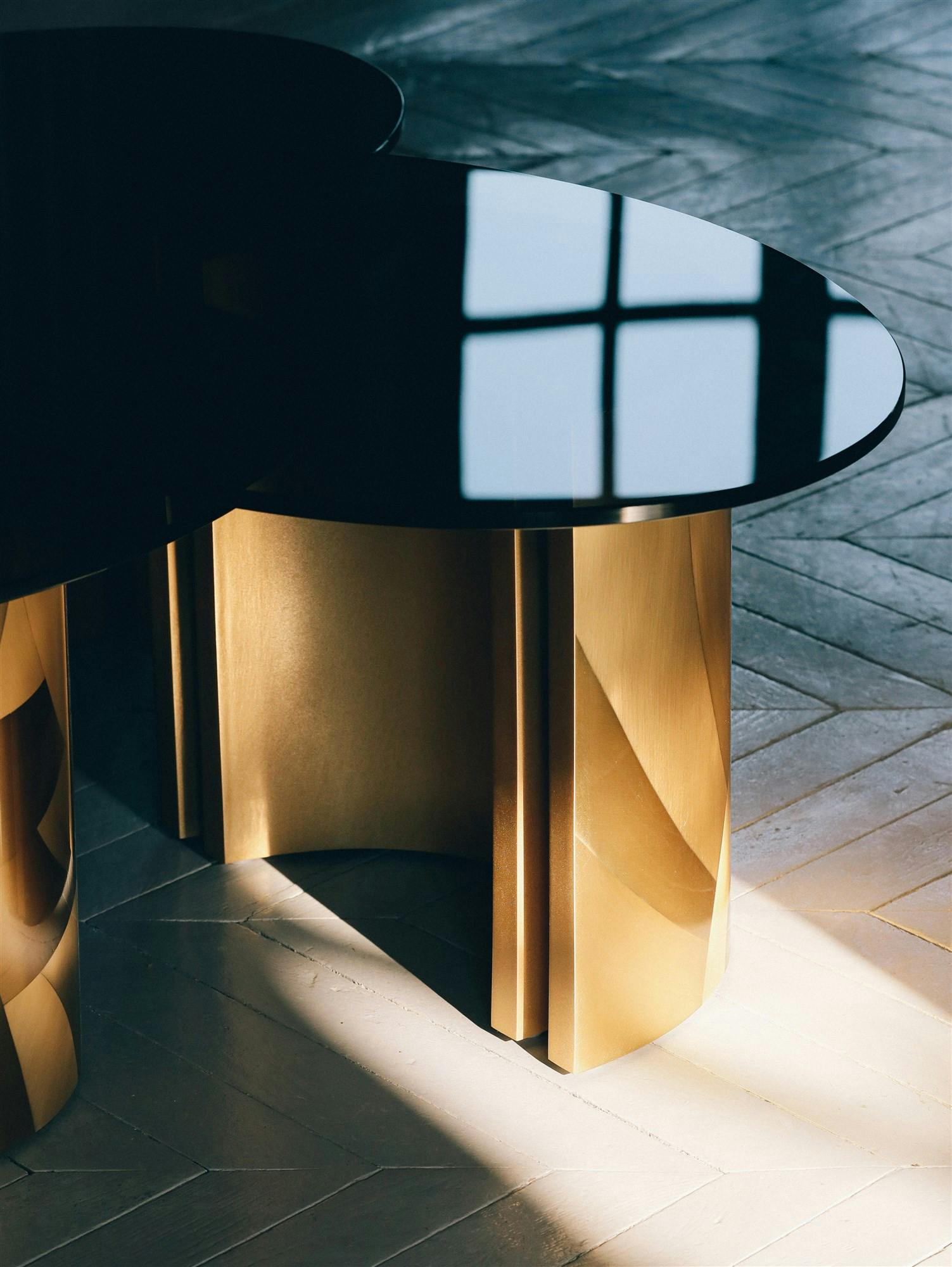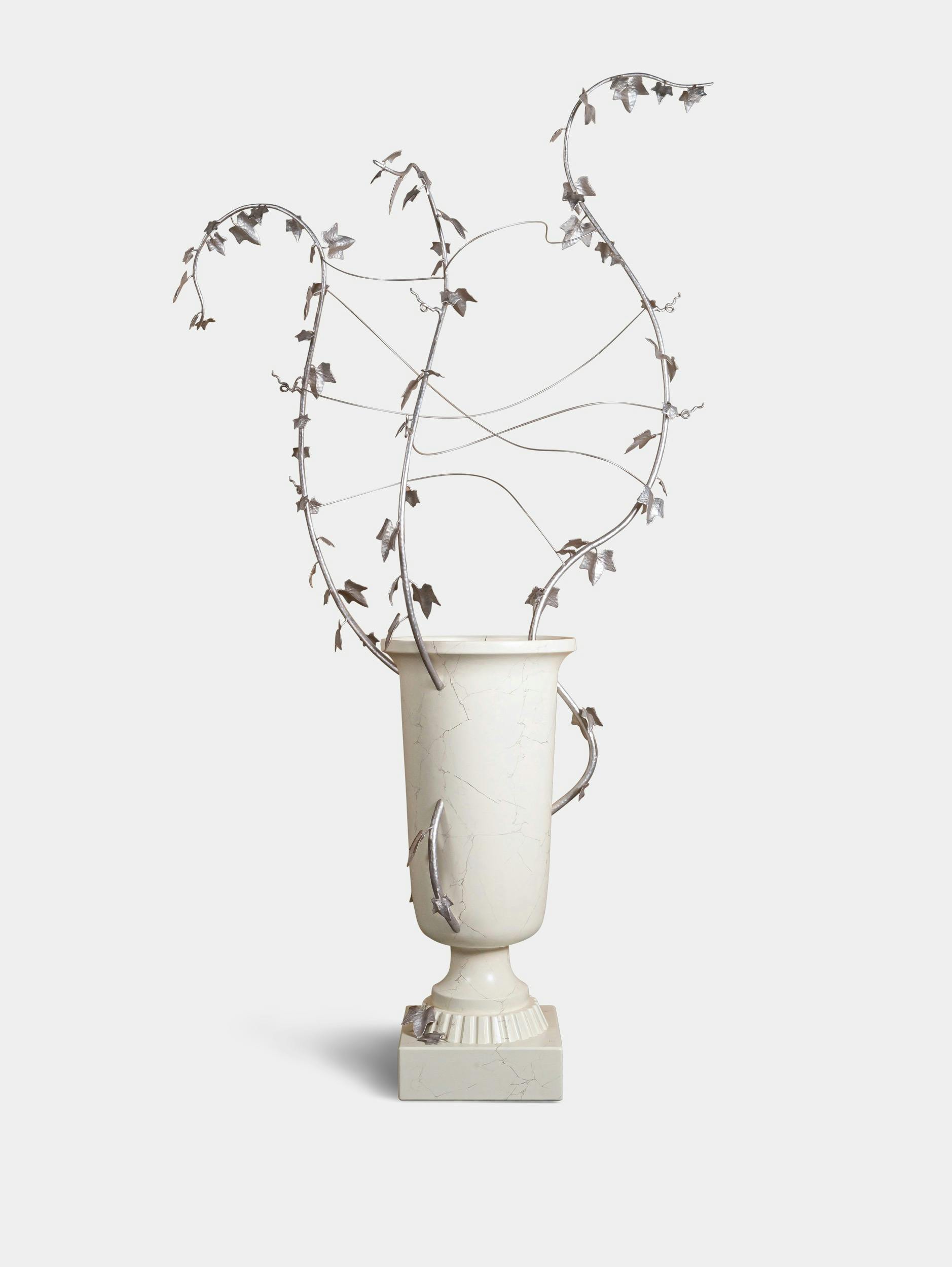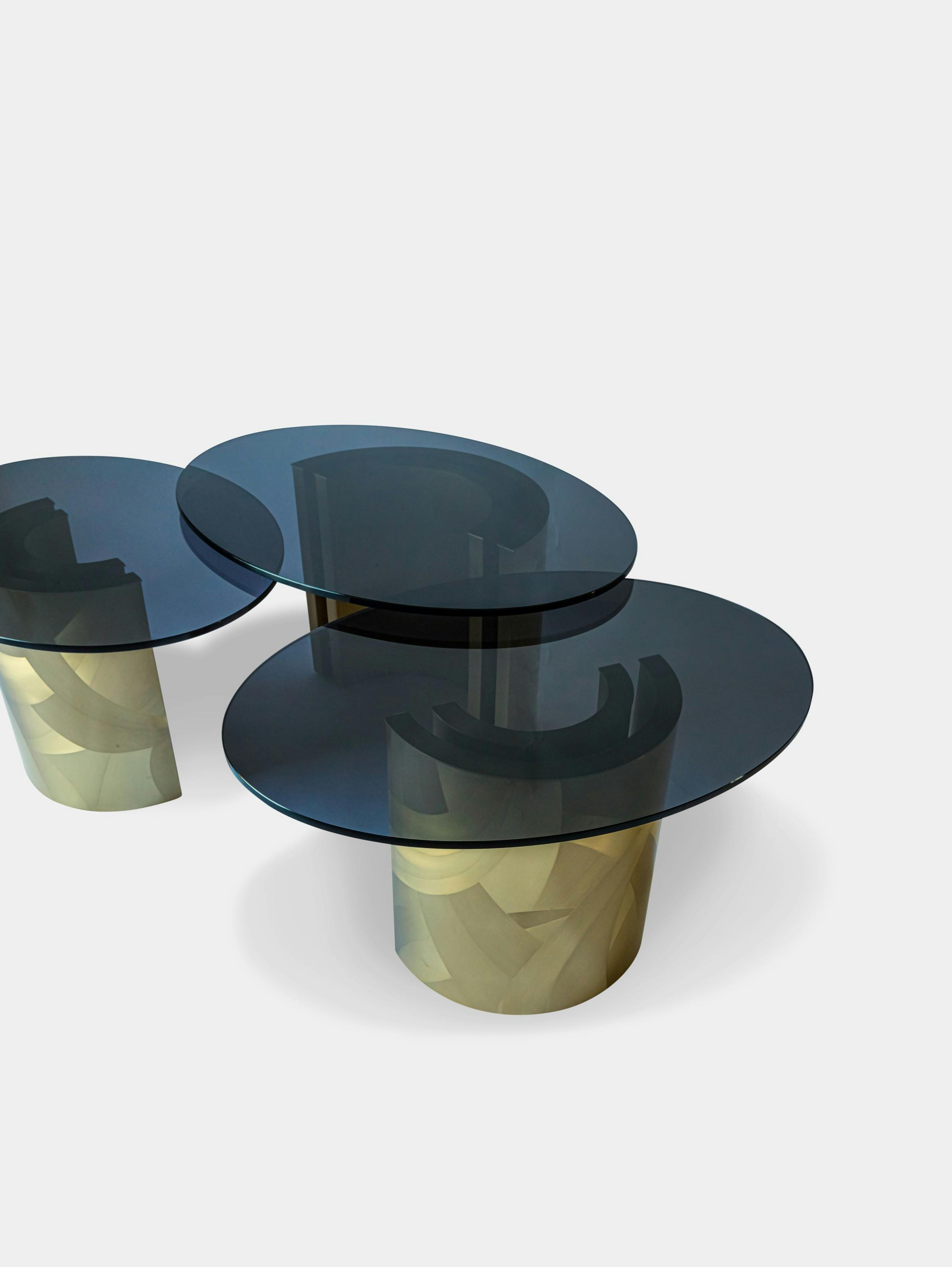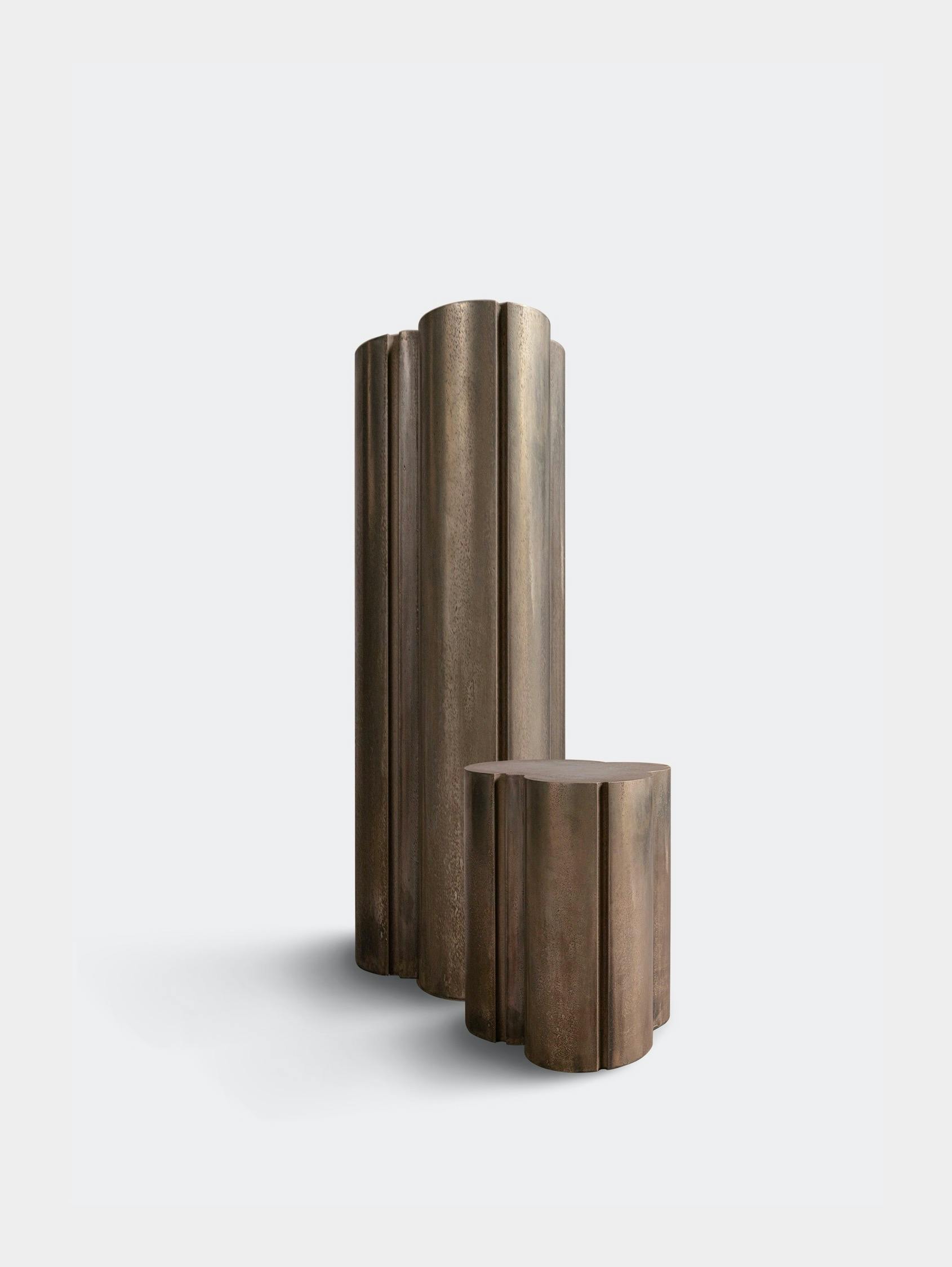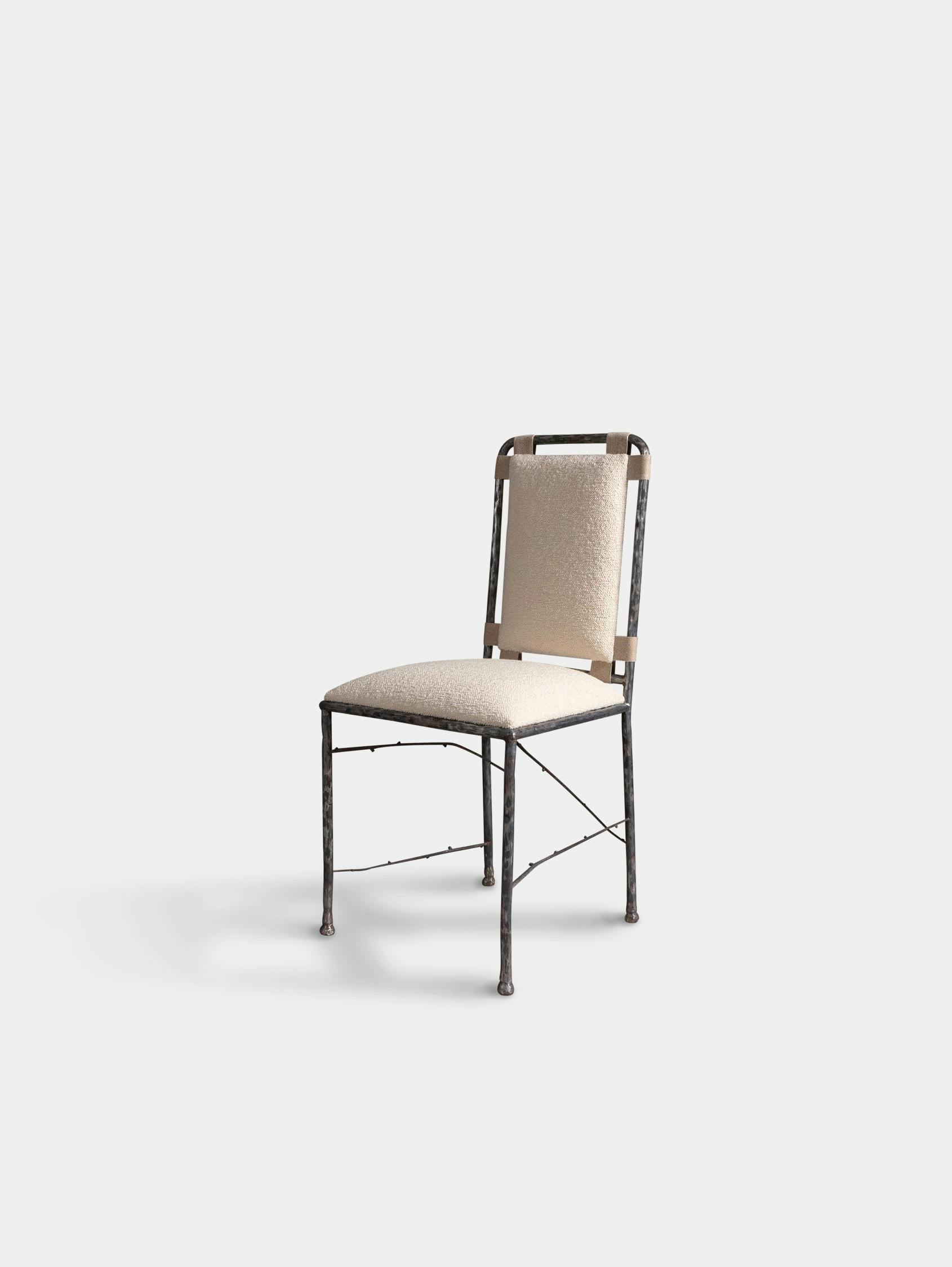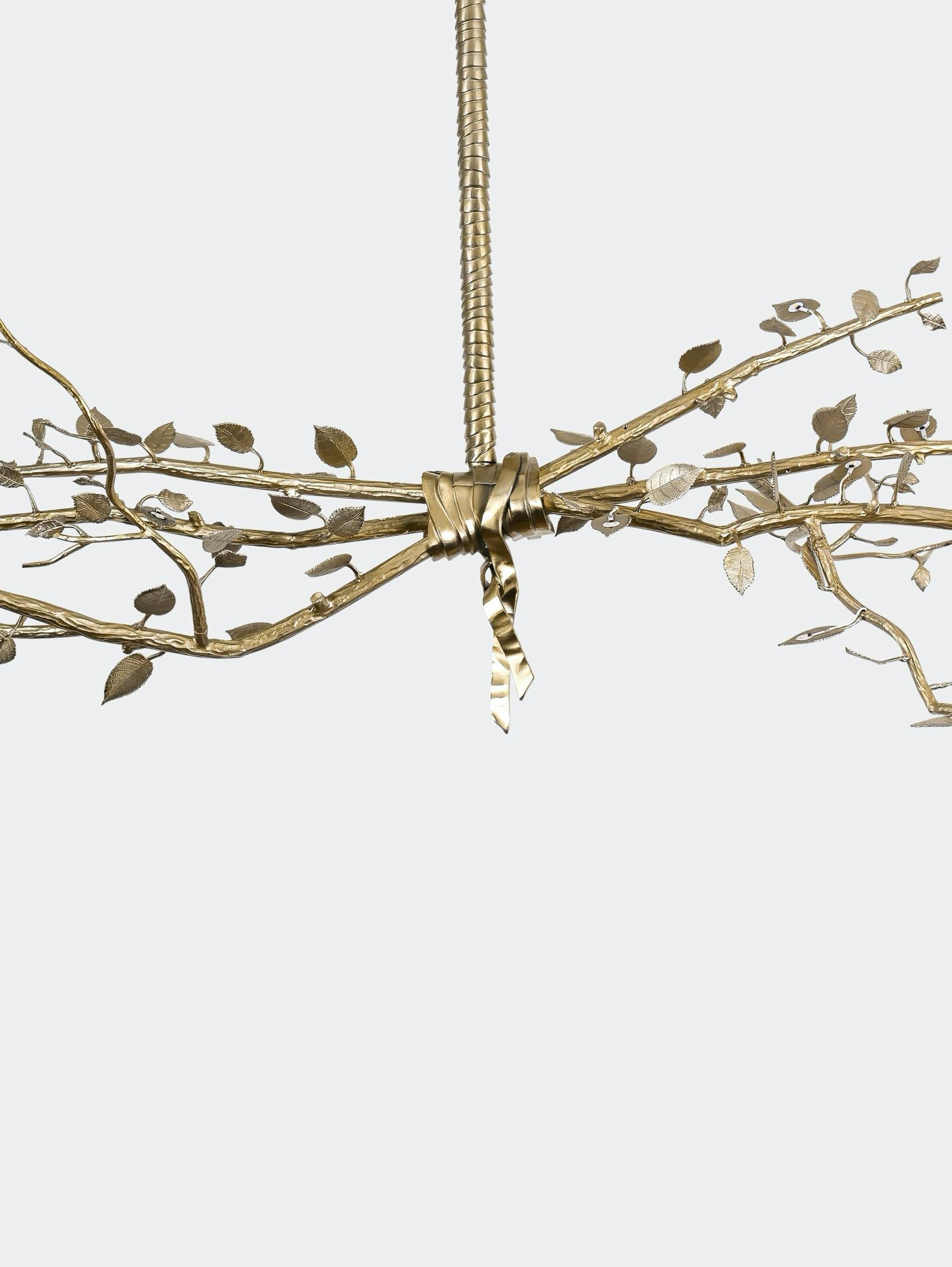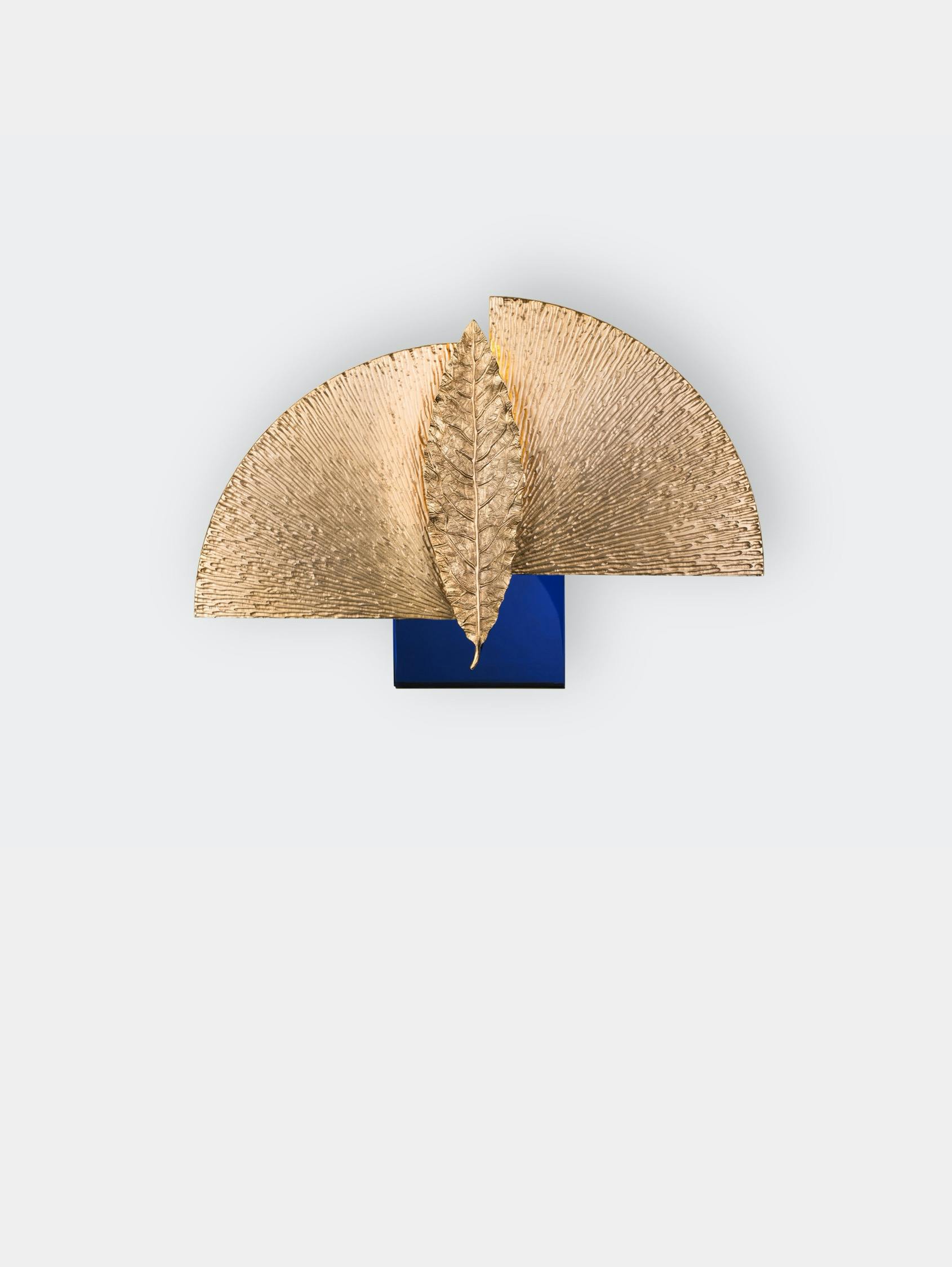Chasing
Chasing is now an art and a craft in itself. This ancient savoir-faire is becoming a rare trade that the Rinck workshops are determined to keep alive and thriving. They bring it to life through the reproduction of classic models which can, in turn, borrow the ornamental hallmarks of different periods – Empire, Gothic, Renaissance, Louis XV, or even Louis XVI –, but also through creation by adding a modern and novel touch while applying traditional methods. Chasing is performed once the metal object leaves the foundry workshop. The chaser’s first focus is deburring: removing the seams that the mold has left on the object’s various surfaces, erasing flaws and residues. Then, one by one, the chaser hones and enhances all the details that did not become sufficiently manifest in the casting: sharpening the edges, emphasizing the contours, repairing imperfections, filling in holes left by trapped gases.
This savoir-faire, handed down through the generations, is carried out with blunt instruments that the craftsperson has personally made to the exact shape needed – these are small gravers. Chasing, considered one of the most precious adornments that can be given metal objects, has always been practiced on bronze. This medium does indeed admirably withstand the tests of time and, by virtue of its physical properties, makes possible a multitude of shapes and almost infinite patinas.








